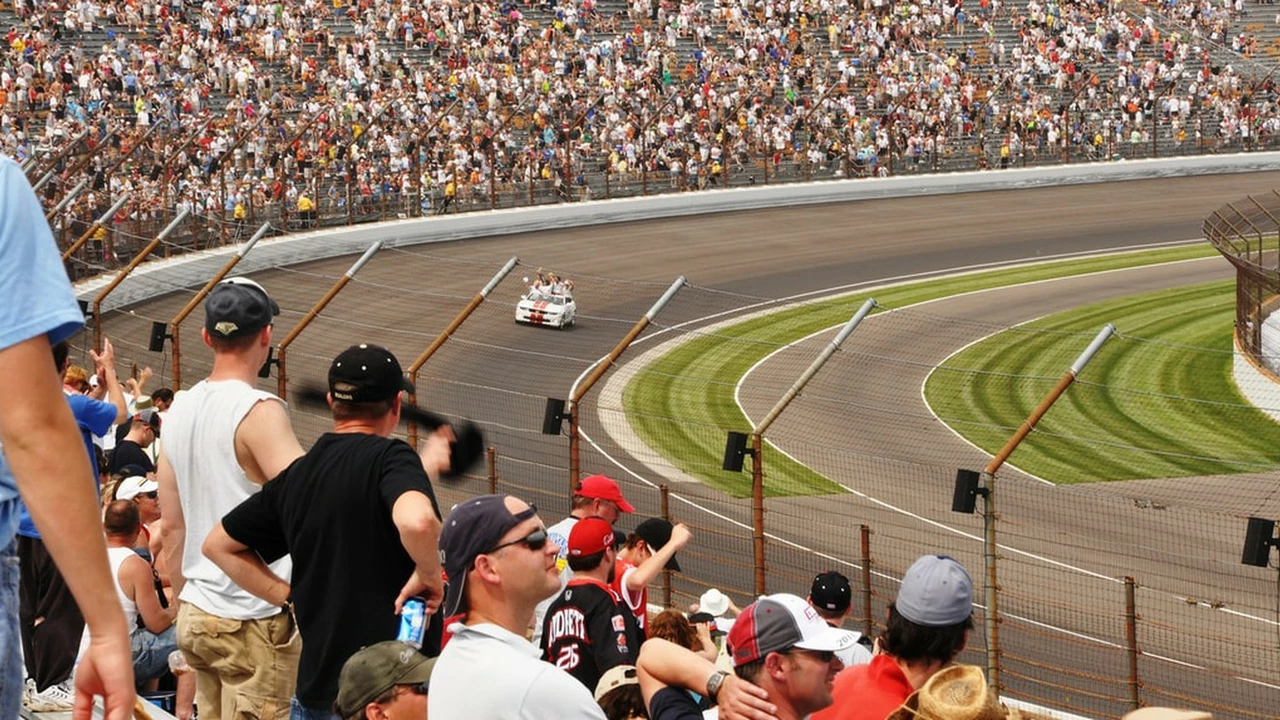Mastering the Racing Line: Simple Tips for Faster Lap Times
Ever wonder why some drivers always seem to shave seconds off their laps? It isn’t luck – it’s the racing line. The racing line is the path that lets you carry the most speed through corners and straight‑aways. Nail it, and you’ll feel the car glide; miss it, and you’ll waste time fighting the grip.
Why the Racing Line Matters
The goal of any lap is to stay as fast as possible for as long as possible. A good line lets you hit a later apex, keep the car balanced, and exit a corner with higher speed. That means you spend less time braking and more time on the throttle. On a track like Le Mans, where every second counts over 24 hours, a clean line can be the difference between a podium and the back of the pack.
Even on a street‑racing circuit, the same principle applies. The tighter the turn, the more you benefit from a wide entry and a tight exit. Think of it like cutting a corner with a piece of string – the shorter the distance, the less effort you need.
How to Hit the Ideal Line
1. Approach wide. As you near a corner, position the car near the outer edge of the track. This gives you a bigger radius to turn and lets the tires stay in the sweet spot of grip.
2. Turn‑in point. Pick a spot to start steering – usually just before the corner’s true beginning. A later turn‑in keeps your speed up, but don’t delay so much that you lose control.
3. Hit the apex. The apex is the inside point of the corner. Aim for the geometric apex (the space halfway through the turn) or a slightly later apex if you want a smoother exit. Hitting it too early forces you to tighten the car again, costing time.
4. Exit wide. After the apex, unwind the steering and drift back toward the outer edge. This lets you accelerate earlier and carry more speed onto the next straight.
5. Carry momentum. Keep the throttle steady through the corner. Sudden changes in throttle can upset the balance and make you slide. Use gentle inputs and let the car’s weight shift do the work.
Practice each step on a quiet track or a karting circuit. Record a few laps, watch the video, and notice where you’re cutting too early or braking too hard. Small tweaks add up – a 2‑second gain per lap becomes huge over a race distance.
Remember, the perfect line varies with car set‑up, tire temperature, and track conditions. Wet weather, for example, pushes the line toward the drier part of the track. Stay adaptable and trust the feel of the car.
Bottom line: start wide, clip a clean apex, and get back out wide. Do it consistently, and you’ll see lap times drop without needing a new engine.
How does the Indianapolis racing line work?
- Landon Speedwell
- on Jul 19 2023
- 0 Comments
The Indianapolis racing line, or "the line," as it's often called, is a unique path that drivers take to achieve the fastest lap times on the Indianapolis Motor Speedway. Essentially, they try to straighten the four turns as much as possible, turning on and off the track's banking to maintain their momentum. It's a mix of skill, speed, and strategy, with drivers constantly adjusting their line based on track conditions, traffic, and their vehicle's performance. It's a fascinating element of the race, kind of like a high-speed chess match on wheels. Learning about it has certainly deepened my appreciation for the skill involved in racing.
